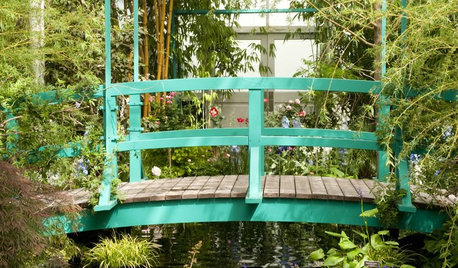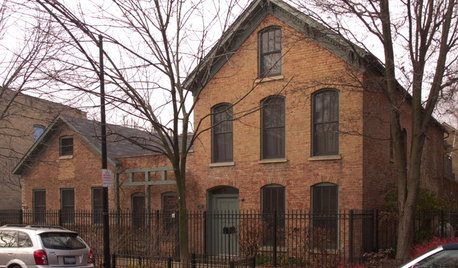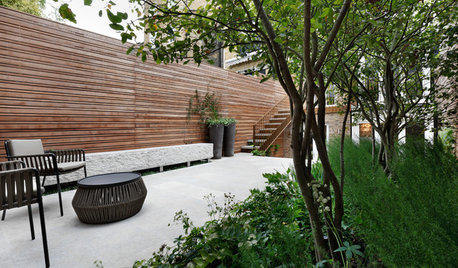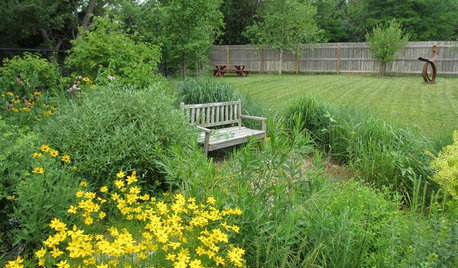Orchard Rows
blackrag
14 years ago
Related Stories

HOUZZ TOURSHouzz Tour: Making a Comeback in the Hollywood Hills
Get a front-row seat to see how this 1912 home went from rotting and crumbling to bright and picture perfect
Full Story
HOUZZ TOURSMy Houzz: Midcentury Modern Style Transforms a Vineyard Bungalow
Spectacular surroundings and iconic design inspiration meet in a major overhaul of a 1960s Ontario home
Full Story
FLOWERSLessons from Monet's Garden
See how to bring the impressionist painter's vision to life in your own landscape with these flower choices and garden design ideas
Full Story
ARCHITECTUREModern and Traditional Converge on Coveted Chicago Blocks
As newer structures replace old on a pair of desirable streets, architects are challenged with how best to bring in modern styles
Full Story
PRODUCT PICKSGuest Picks: Make Your Nursery a Hoot With Owl Fabric
Set your little one's imagination aflight with pillows, sheets or upholstery bedecked in winged woodland creatures
Full Story
URBAN GARDENSIn London, a Crowded Patch of Grass Becomes a Patio for Entertaining
A chic combo of wood siding, clever plantings and lots of elegant sandstone transforms a plain garden into a stylish space
Full Story
GARDENING GUIDESGreat Garden Combo: 3 Wonderful Plants for a Deer-Resistant Screen
Protect your privacy and keep deer at bay with a planting trio that turns a problem garden area into a highlight
Full Story
SPRING GARDENINGSummer Crops: How to Grow Strawberries
Pluck your own sweet strawberries right from the garden vine for smoothies, salads or eating then and there
Full Story
GARDENING GUIDESHow to Design a Garden That Lasts
Climates are changing. Wildlife is evolving. Can your garden keep up?
Full Story
EARTH DAYThe Case for Losing the Traditional Lawn
Work less, help the environment and foster connections by just saying no to typical turf
Full Story







miketrees
blackragOriginal Author
Related Professionals
Comstock Park Landscape Architects & Landscape Designers · Eden Prairie Landscape Architects & Landscape Designers · Ilchester Landscape Architects & Landscape Designers · Panama City Landscape Architects & Landscape Designers · Jackson Landscape Contractors · Brunswick Landscape Contractors · Fridley Landscape Contractors · Goodlettsville Landscape Contractors · Hannibal Landscape Contractors · Mesa Landscape Contractors · Nashua Landscape Contractors · North Richland Hills Landscape Contractors · Oklahoma City Landscape Contractors · Ridgewood Landscape Contractors · Ferguson Landscape Contractorsjellyman
blackragOriginal Author
olpea
blackragOriginal Author
alan haigh
olpea
gator_rider2
alan haigh
olpea
frozen_north
olpea